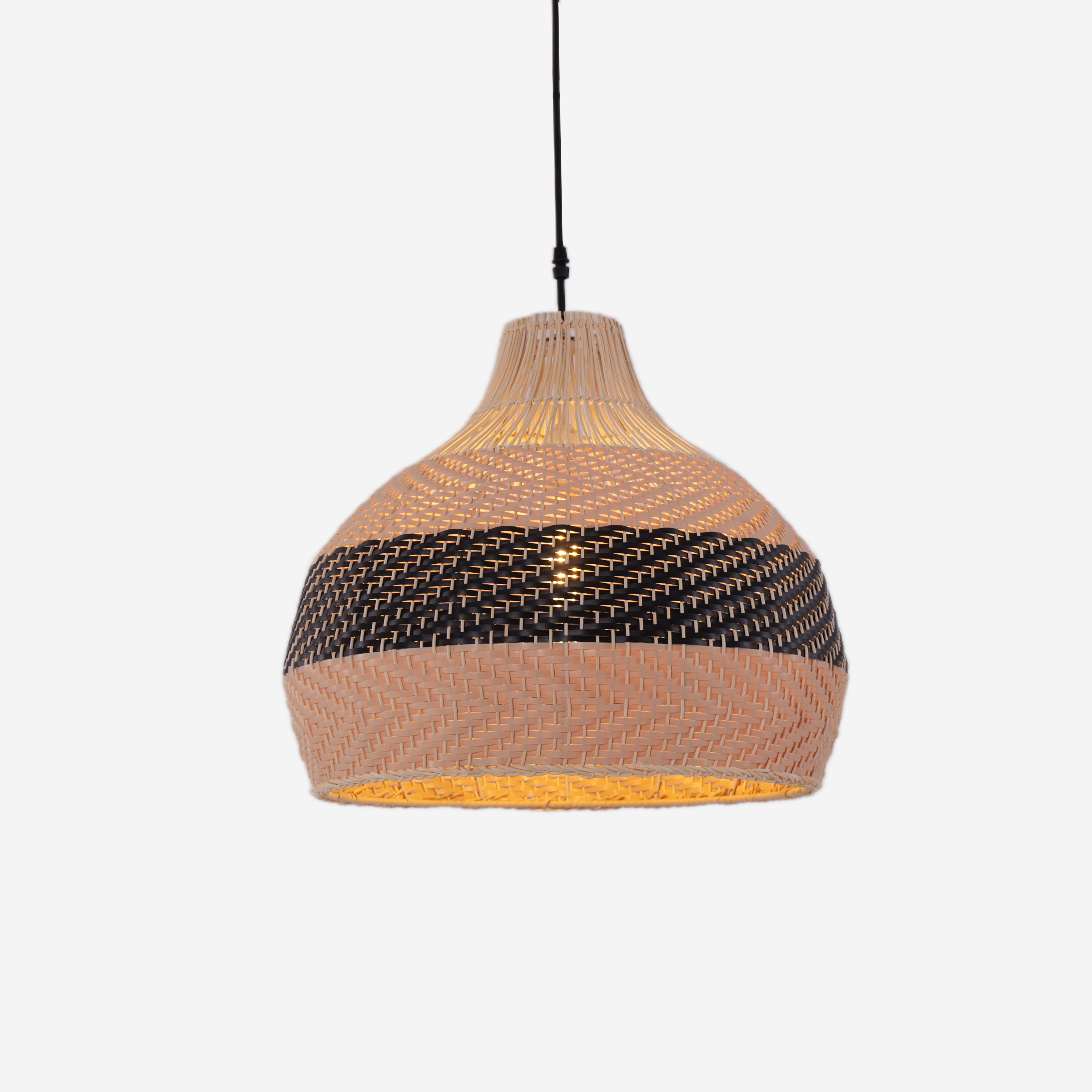In modern life, lighting is more than just illumination—it has a profound impact on our health, mood, and productivity. Full-spectrum lighting has gained increasing attention in recent years and is considered an ideal choice for improving both home and work environments. But what exactly is full-spectrum lighting, and what are its benefits?
What Is Full-Spectrum Lighting?
Full-spectrum lighting refers to artificial lighting that mimics the spectrum of natural sunlight. Compared to traditional bulbs, it emits light that is closer to natural daylight, covering visible light as well as portions of infrared and ultraviolet light. This helps create a healthier lighting environment.
Key Benefits of Full-Spectrum Lighting
1. Reduces Eye Strain and Enhances Focus
Traditional bulbs may produce harsh or yellowish light, which can cause eye fatigue over time. Full-spectrum lighting provides soft, even illumination, reducing glare and making it particularly suitable for reading, working, and studying.
2. Improves Mood and Eases Seasonal Depression
Scientific studies show that light exposure affects melatonin and serotonin levels in the body, which in turn influence mood. Full-spectrum lighting can simulate natural sunlight, helping to regulate the body's internal clock and alleviate Seasonal Affective Disorder (SAD), especially during winter months when natural daylight is limited.
3. Enhances Color Accuracy
With a high Color Rendering Index (CRI), full-spectrum lighting accurately reproduces colors, making it an excellent choice for interior design, painting, photography, and other activities where color precision is essential.
4. Promotes Plant Growth
Beyond human health, full-spectrum lighting also benefits plant growth. By providing light that closely resembles natural sunlight, it supports photosynthesis, making it ideal for indoor gardening and hydroponic farming.
5. Energy-Efficient and Long-Lasting
Most modern full-spectrum lighting uses LED technology, which consumes less energy and lasts significantly longer than traditional bulbs. This helps users save on electricity costs while reducing the frequency of bulb replacements.













